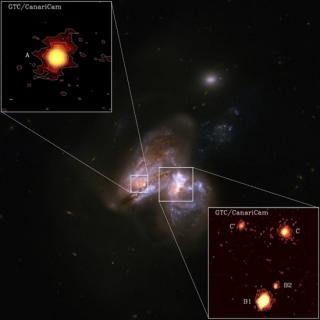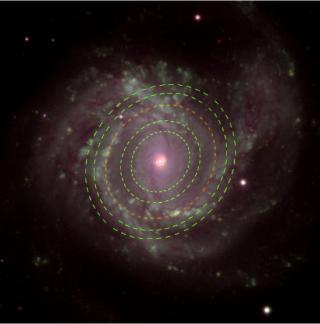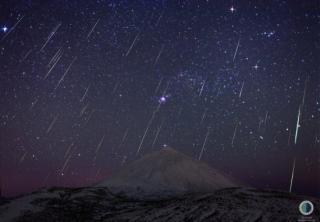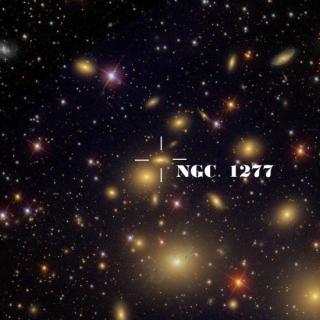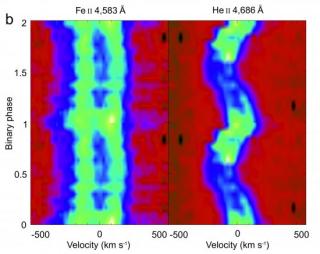
Stellar-mass black holes have all been discovered through X-ray emission, which arises from the accretion of gas from their binary companions (this gas is either stripped from low-mass stars or supplied as winds from massive ones). Binary evolution models also predict the existence of black holes accreting from the equatorial envelope of rapidly spinning Be-type stars (stars of the Be type are hot blue irregular variables showing characteristic spectral emission lines of hydrogen). Of the ~80 Be X-ray binaries known in the Galaxy, however, only pulsating neutron stars have been found as
Advertised on

